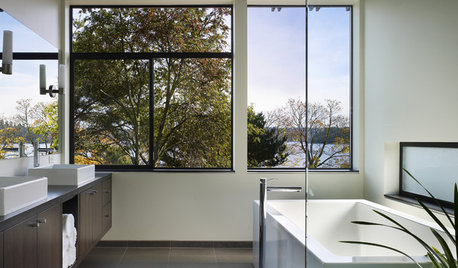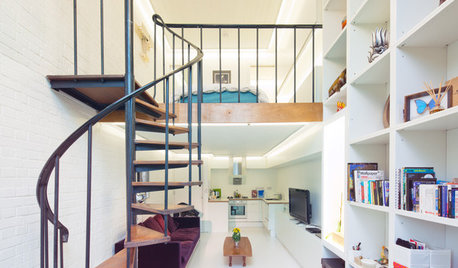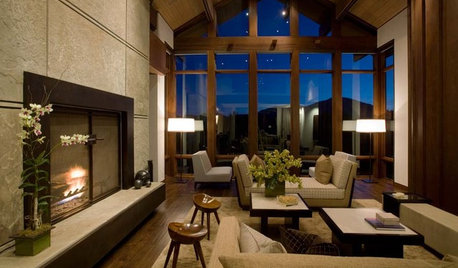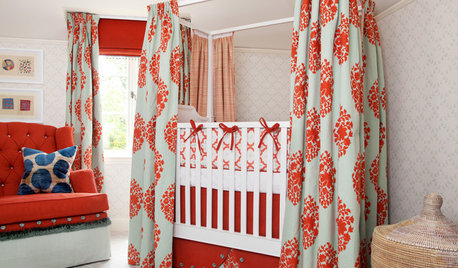Noise levels Wolf ventilator
alltrade
9 years ago
Related Stories

HOME OFFICESQuiet, Please! How to Cut Noise Pollution at Home
Leaf blowers, trucks or noisy neighbors driving you berserk? These sound-reduction strategies can help you hush things up
Full Story
BATHROOM DESIGNGreen and Clean: Ventilate for a Healthy Bathroom
Ridding your bathroom of excess moisture is vital for indoor air quality. Here's how to do it best
Full Story
KITCHEN DESIGNHow to Choose the Right Hood Fan for Your Kitchen
Keep your kitchen clean and your home's air fresh by understanding all the options for ventilating via a hood fan
Full Story
KITCHEN APPLIANCESLove to Cook? You Need a Fan. Find the Right Kind for You
Don't send budget dollars up in smoke when you need new kitchen ventilation. Here are 9 top types to consider
Full Story
HEALTHY HOMEGet Cleaner Indoor Air Without Opening a Window
Mechanical ventilation can actually be better for your home than the natural kind. Find out the whys and hows here
Full Story
HOUZZ TOURSHouzz Tour: A Seattle Home Reaches for High Sustainability
Tapping into rainwater, sunlight and natural ventilation, a Washington state home gets both green cred and a gorgeous look
Full Story
REMODELING GUIDESAsk an Architect: How Can I Carve Out a New Room Without Adding On?
When it comes to creating extra room, a mezzanine or loft level can be your best friend
Full Story
HOUZZ TOURSHouzz Tour: Contemporary, Natural Style in Idaho
Neutral colors and natural materials transform a large three-level home in Sun Valley into a comfy family retreat
Full Story
CONTRACTOR TIPSBuilding Permits: 10 Critical Code Requirements for Every Project
In Part 3 of our series examining the building permit process, we highlight 10 code requirements you should never ignore
Full Story
KIDS’ SPACES8 Tips for Peaceful Bedroom Sharing With Baby
Enjoy better sleep, neatness and enough space for everyone’s things with these shared-room strategies
Full StoryMore Discussions







kaseki
alltradeOriginal Author
Related Professionals
Brownsville Kitchen & Bathroom Designers · Fox Lake Kitchen & Bathroom Designers · Ocala Kitchen & Bathroom Designers · United States Kitchen & Bathroom Designers · Wentzville Kitchen & Bathroom Designers · Dearborn Kitchen & Bathroom Remodelers · Fort Washington Kitchen & Bathroom Remodelers · Luling Kitchen & Bathroom Remodelers · Port Arthur Kitchen & Bathroom Remodelers · Gibsonton Kitchen & Bathroom Remodelers · Effingham Cabinets & Cabinetry · Kaneohe Cabinets & Cabinetry · Key Biscayne Cabinets & Cabinetry · Wildomar Cabinets & Cabinetry · Wyckoff Cabinets & Cabinetrykaseki